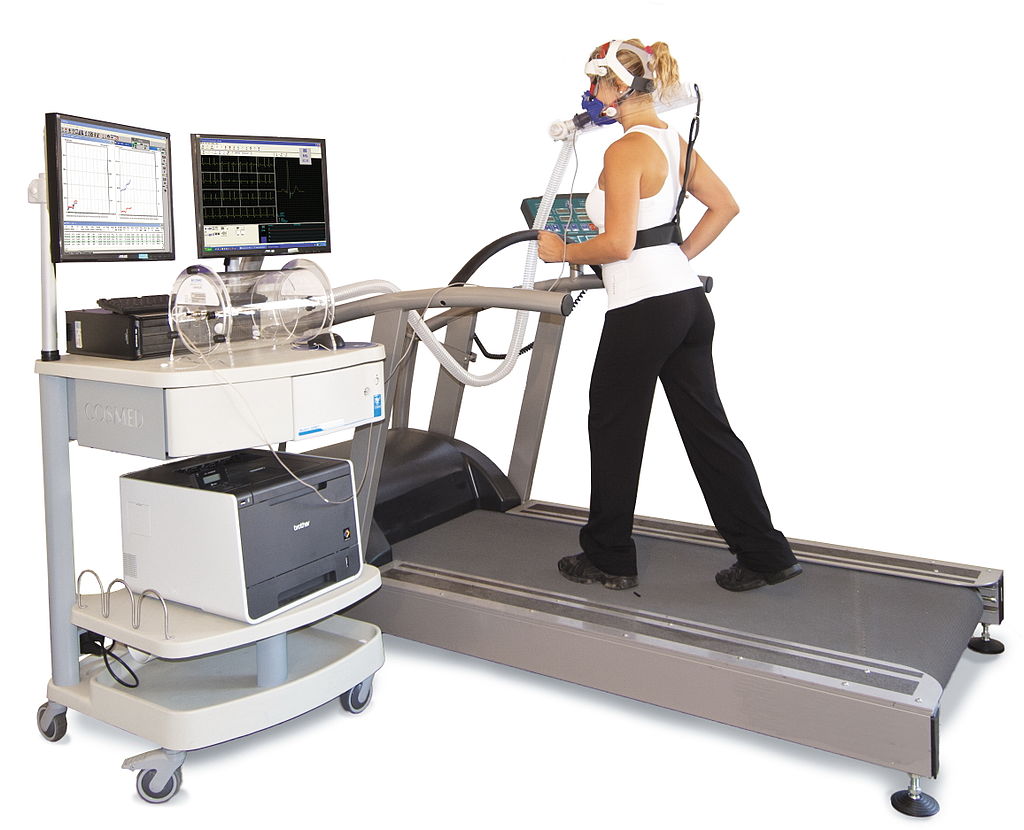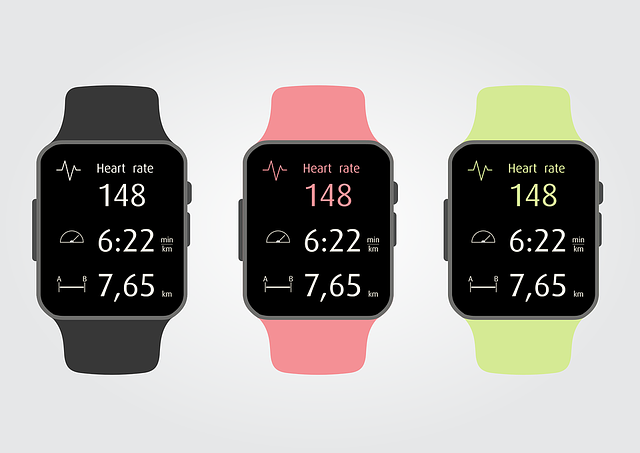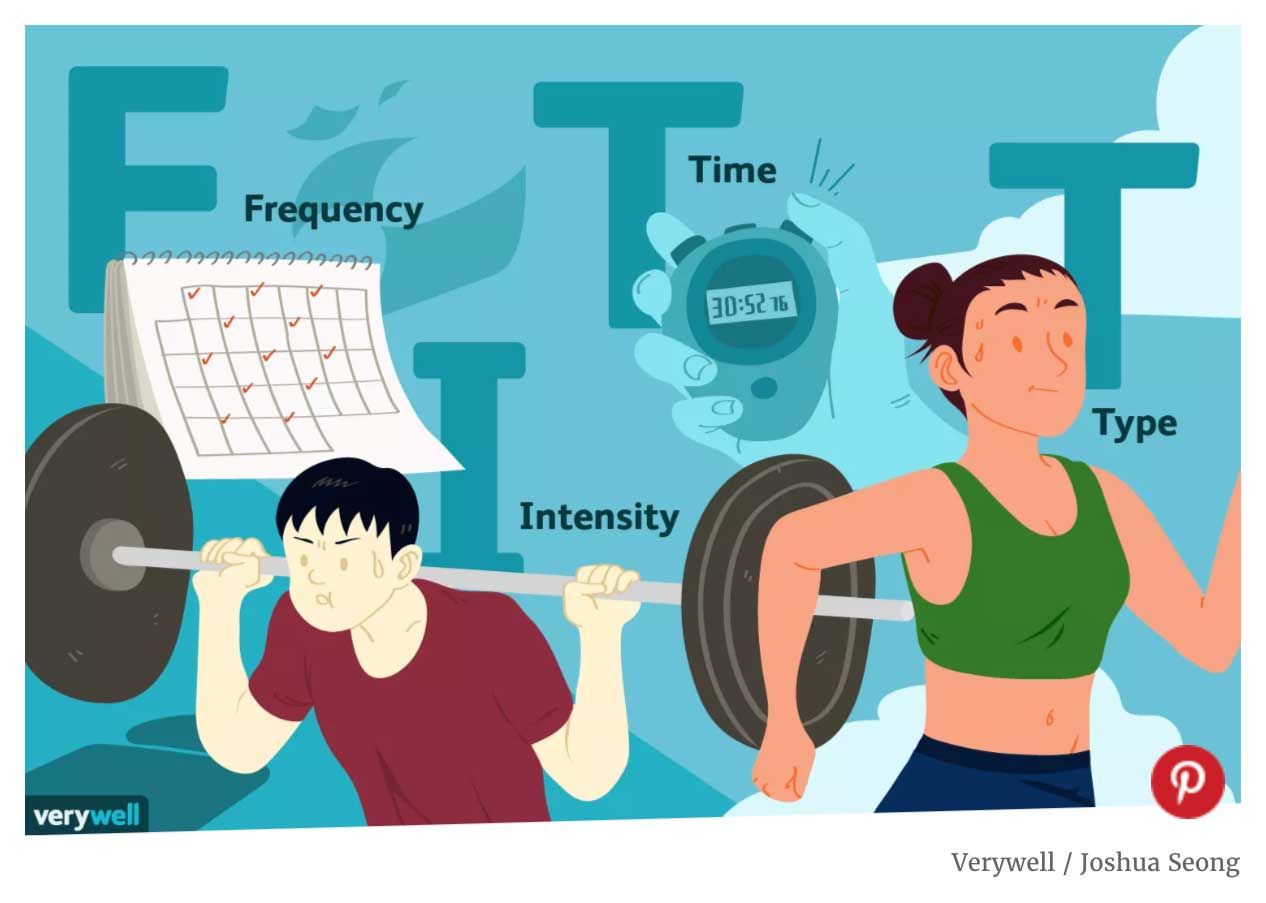General Principles
Exercise Testing
There are many different types of exercise tests that you can consider doing to check your level of fitness. Simpler ones include the six minute walk test (6MWT) or the step test. With the former, you essentially see how far you can walk in 6 minutes over a set distance. In the latter, you see how many step-ups or stairs that you can climb within a set time. Both form a easy to obtain baseline for your fitness level and then, depending on how you progress, you hopefully see an increase in this distance/steps when you retest.
An easy way of doing this test would be to walk for six minutes in your local park or climb up the stairs in HDB block within a set time and see how far you can go or when you start to feel tired.
A more formal method of assessing your fitness levels is to undergo a cardiopulmonary exercise test (CPET). This can either be on a an stationary exercise bicycle, a treadmill or now there are some centres that offer this in the sporting environment through mobile units.

Cardiopulmonary Exercise Test
During a CPET, you will have your breathing rate/pattern, oxygen consumption, carbon dioxide output, heart rate, work rate and more measured to give you a more accurate assessment of your physiological response to exercise. This is usually very detailed and requires an expert in exercise physiology to interpret the responses and advise you on the limitations that might exist and how improvements can be made. Usually, after a baseline assessment, repeat CPETs can help determine the progress you have made with your exercise.
Goal Setting

When setting your goals for exercise, it is useful to use the SMART acronym to establish realistic and achievable objectives.
Often, people become disheartened or disillusioned by the lack or progress or results from their exercise attempts and then give up or lose motivation. By developing small but significant steps that are individually tailored using the SMART method, progress can be measured in an more systematic way. This could be as simple as “In the next week, I would like to walk to the supermarket and back without feeling excessively fatigued or breathless”.
Working with a professional trained in exercise prescription to establish your baseline and then itemise the steps you need to take to achieve your goals can certainly help. By keeping them small but realistic, you can then keep celebrating your achievements as you go on while feeling that you are making progress.
F.I.T.T. Principle
The FITT principle is a simple method that can help you break down your exercise activities to make them more achievable. Frequency deals with how often you do a particular type of exercise. Intensity depends on your previous fitness level and any other medical conditions or medications that might limit your activities.
Broadly speaking there are four types of exercise, namely aerobic (cardiovascular), resistance (strength), proprioceptive (balance) or flexibility (stretching). Timing relates to the duration of each exercise session.
In general, it is advised that you try and do moderate level aerobic exercise 5 times per week or vigorous exercise at least once per week. Resistance, proprioceptive or flexibility exercises should be undertaken 2-3 times per week with the exact types being tailored to your goals or individual needs.
It is important to relate the exercises you undertake to your goals and consider a Pre-Participation Screening prior to undertaking something if you are not someone that regularly exercises, to reduce the risk that you are potentially putting yourself at.
P.E.A.C.E.
P.E.A.C.E. (Dubois & Esculier, 2019) can be applied to the rehabilitation of soft tissue injuries.
Immediately after soft tissue injury:
(P) Protect the injured structure by eliminating painful stressors, which can be done by reducing load on the injured limb or avoiding the use of certain muscles. Rest should be minimised as prolonged rest can compromise tissue strength and quality. Pain signals can help guide cessation of protection.
(E) Elevate the leg higher than the heart can help reduce stagnation of fluids in the injured area and prevent swelling
(A) Avoid anti-inflammatory modalities such as anti-inflammatory medications or icing. Inhibiting inflammation would slow the healing process as the various phases of inflammation help repair damaged soft tissues.
(C) Compress the injured area using taping or bandage to decrease swelling.
(E) Educate on the role of active recovery and prevent over-treatment.
Self-monitoring Devices

Smart watches and other devices have many helpful tools and functions that are meant to get us moving and motivate us to keep doing so. This includes functions such as:
- Tracking your overall activity time
- Providing feedback on specific sports
- Monitoring your heart rate
- Reminding you to move
- Awarding you points for achieving your goals
- Allowing you to challenge your friends
While these might all seem positive in terms of helping with your exercise goals, researchers suggest that it is usually used by those who are physically active to monitor what they are doing and simply to confirm so! However, there will be a subset of people who do gain considerable motivation from wearing smart devices and it can help provide positive feedback. These are usually individuals who have decided to take positive steps for their health and the smart devices are simply additional elements to this rather than being central to the change. Key elements are considering your motivation for making the change, establishing smart goals and following the FITT principles when establishing an exercise program for yourself.
There are many different smart devices available and the one you choose should fulfil your requirements while also falling within your budget. Higher-priced items do not always provide more, and looking at functions, reviews and feedback from other users is essential when making your choice.
Ultimately, you are the key to making positive health changes and smart devices are there to support this.
